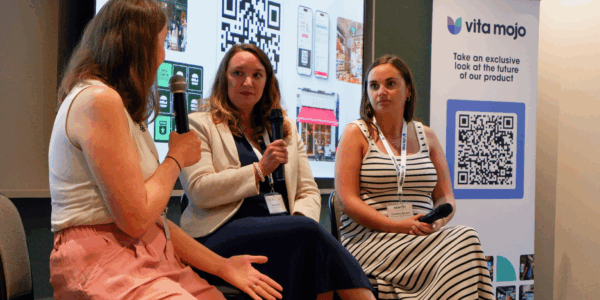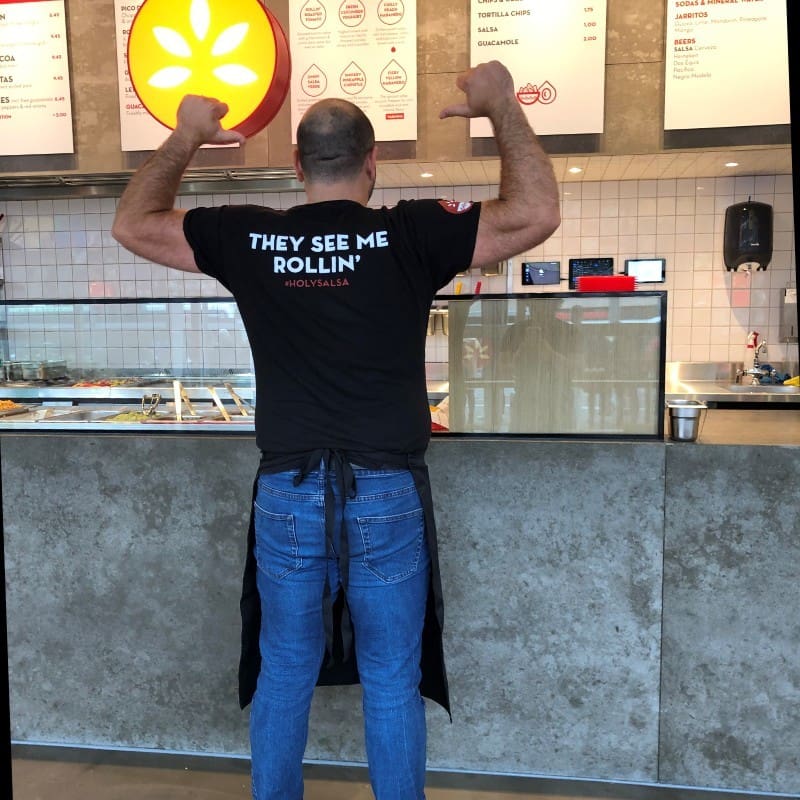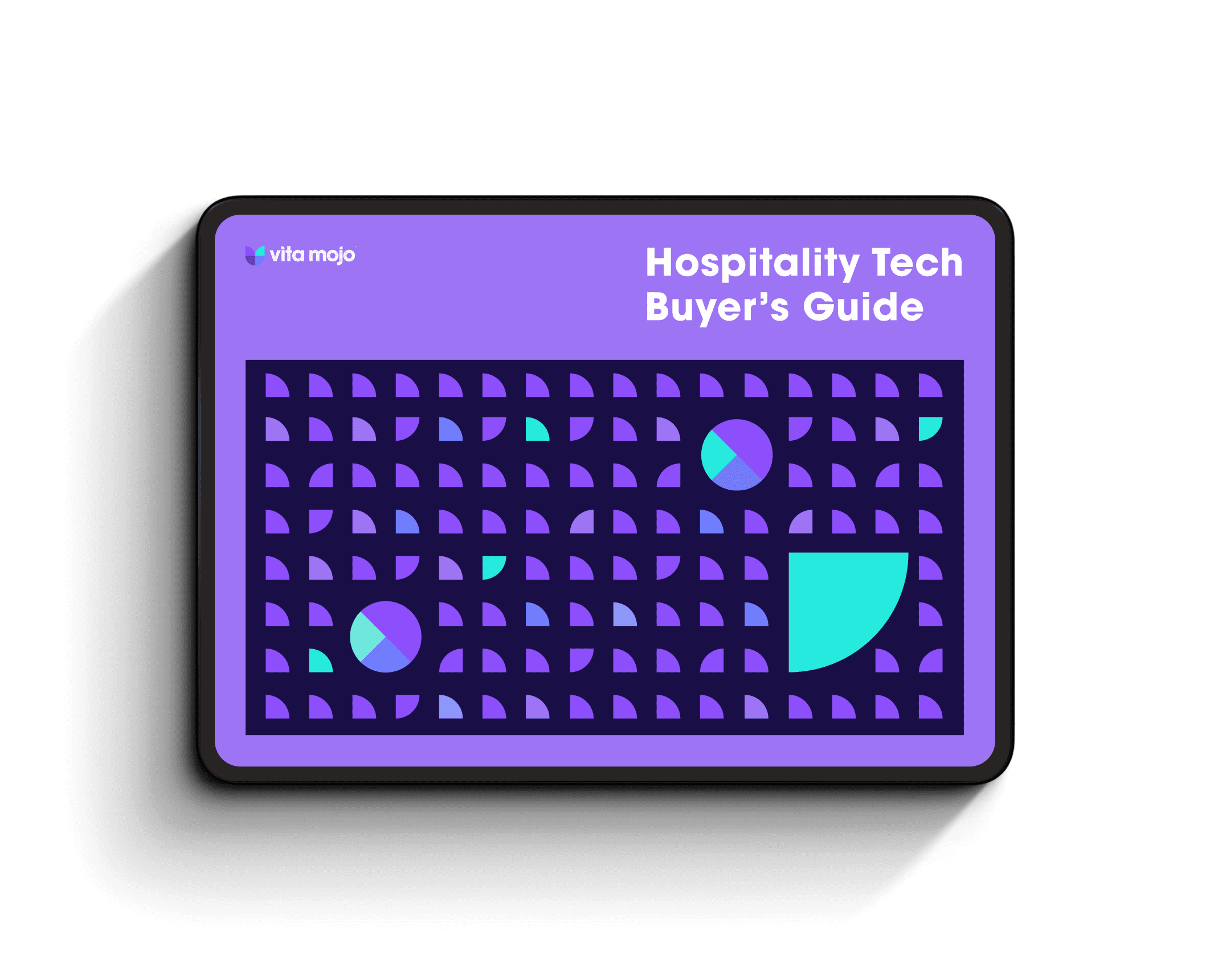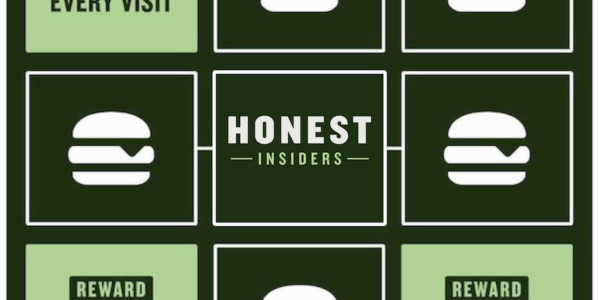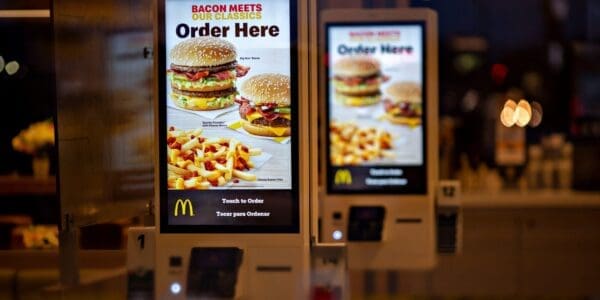3. Focus on convenience and speed of service
“Convenience is king.
If customers want fish and chips delivered to their house, it’s quite a high price in comparison to coming into the shop. But they are more than happy to do that.
And we’ve seen huge efficiencies with the kiosks. Especially in our summer months when we have queues out the doors.
I think it’s probably my favourite piece of tech. Just the efficiencies for our team and our customers, the speed the orders can come out if someone’s not taking orders at the till.”
Logan Fraser
Commercial Manager at Cornish Fish
4. Unlock data and QSR growth potential by using a single tech partner
“It’s a closed loop. You have everything in one circle. For example, you have your loyalty, kiosk, Click and Collect, and delivery, all in the same pocket, and that helps a lot to get faster data than before.
On a daily basis, we used to spend on average – per location and per manager – two hours filling in numbers, and doing things in an excel sheet, which also includes human error. But when you have a closed circle that will eliminate the error margin, it will lower it down.
If you don’t have your systems in one consolidated, space, you have to build integrations, maintain them. So it takes you a lot of time and effort to set up a new restaurant.
But if you have one provider who has everything for you, then it’s a lot easier for you just to copy and paste all the settings to maintain it and to move forward.
And that’s why it’s important.“
Alexander Jerejian
COO at Salsa Shop
5. See tech as a long term investment
“Investing in kiosks means you make a saving longer term.
And it’s not about tech taking jobs. I’ve just come off the back of doing Hospitality Rising where we managed to get 300,000 applications into hospitality. But over the last 18 months, we’ve struggled to get good people. Tech will give you more time to train your staff up to be even better, for you to have service that really stands out.”
Mark McCulloch
Chief Executive of Supersonic
6. Empower and train your teams with any new tech
“You need to give the tools to your team in order for them to operate properly – with maximum capacity, efficiency and productivity.
If you do have the right tools in the back of house, it will automatically translate in your customer service.
So you need to focus more on training. You need to make it easier – like bringing in kitchen screens, the simpler the better.
And of course the way you design your kitchen, the entire flow matters. And new tools give you the accessibility from the moment the order comes in until the moment the order is prepared, so you can measure prep time.”
Alexander Jerejian
COO at Salsa Shop
7. Diversify to combat rising costs
“So since COVID, our energy costs have doubled. Packaging increased by 50%. Oil by 50%.
Fish and chips is our customers’ regular Friday night treat, but they may now come once every couple of weeks or even once a month.
We can track this data because we’ve got kiosk and Click and Collect. So we can see how often our customers are coming, which is great.
So we’ve diversified a bit by adding additional menu items; fried chicken, vegan fish.
But I would still say 90% of our customers, even with the price, still come in and want fish and chips. I think it just goes back to being very traditional.”
Logan Fraser
Commercial Manager at Cornish Fish
8. Use data to track the impact of digital channels (it might surprise you!)
“With kiosks, you automatically get a higher average ticket size.
We started with a €20 ticket size, and now we’re at €23.
And you can keep track of all these things in the back end. Every ticket size, how many transactions per hour, per minute.
What is your peak time? Have kiosks helped the low time? For example, the younger generation doesn’t come out during our peak time, because it’s lunch, and after that traffic goes down. But through the data, you see in the location where we have kiosks, that the younger generation are coming and using the kiosk after peak. So that makes your entire day high traffic..”
Alexander Jerejian
COO at Salsa Shop
9. Keep evolving your operation to stay ahead
“There’s that great Darwin quote about “only the strongest will survive” but for hospitality the quote that applies is actually “the most agile will survive”.
It’s the brands that haven’t reinvented that are the ones that we see in the news all the time, because they never changed.
And keep your North Star as a brand, but you have to keep evolving. And that’s how you’ll win.”
Mark McCulloch
Chief Executive of Supersonic
